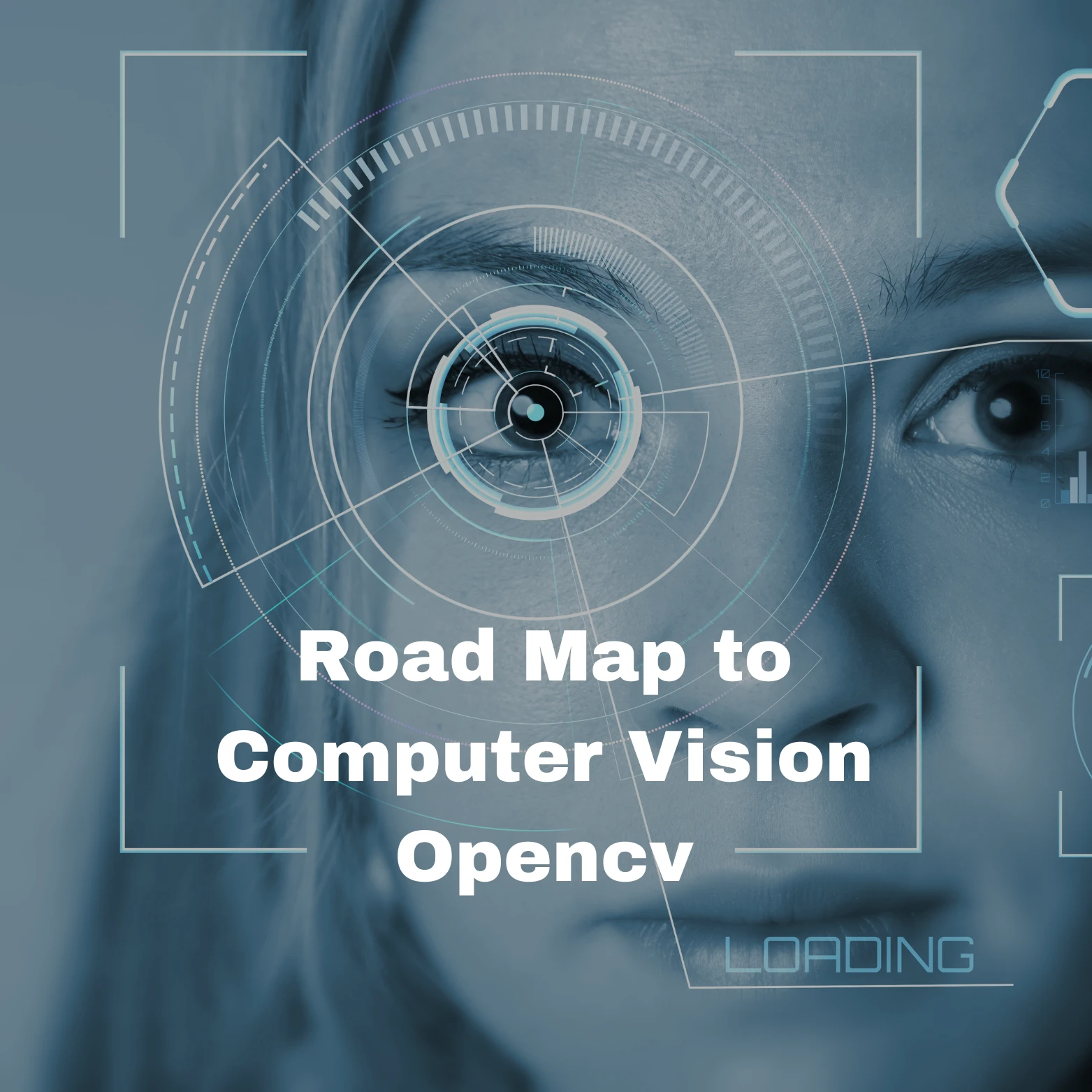
Introduction
Diving into the world of Neural Networks (NN) is a journey into the very heart of artificial intelligence. Modeled after the intricate connections of the human brain, neural networks are responsible for the leaps and bounds being made in modern AI. If you’re keen on understanding and harnessing the power of neural networks, this guide is designed to illuminate your path.
Understanding Neural Networks
Neural Networks represent a blend of biology and computational prowess. At its essence, a neural network is an algorithm fashioned to recognize and interpret patterns. By processing sensory data through a kind of machine perception, it can label or cluster raw input. The architecture, which mirrors the workings of our brain’s neurons, has positioned neural networks as the bedrock of deep learning in AI.
The Pillars of Knowledge
Before you delve into the intricacies of neural networks, there are three pillars you should be familiar with:
Mathematics: Linear algebra, calculus, and statistics form the backbone. Grasping these mathematical concepts provides you with the tools to understand and manipulate data, crucial for any neural network application.
Programming: Why Python, you might ask? It’s because of its comprehensive libraries like TensorFlow and Keras, specifically tailored for neural network functionalities.
Machine Learning Basics: The world of machine learning is vast. But by understanding core concepts such as algorithms, overfitting, and the bias-variance trade-off, you’ll be better prepared to understand the complexities of neural networks.
Deep Dive into the Network’s Layers
Start with the basics – the Perceptrons. As the most straightforward neural network form, it’s a launchpad to grasp how data inputs translate to outputs. But its limitations pave the way for more complex structures.
The magic often lies in Activation Functions. Delve deep into how functions like Sigmoid, Tanh, and ReLU play their part in transforming input data, preparing it for output.
Feedforward Networks represent a foundational architecture in this field. Imagine a systematic flow where data moves in a single direction—starting from input, traveling through hidden layers, and finally reaching the output. Mastering this flow is key.
Of course, understanding how networks learn and adapt is paramount. This is where Backpropagation comes into play. This algorithm, essential for training feedforward networks, adjusts weights based on the error in prediction, refining the network’s accuracy over time.
The Landscape of Advanced Architectures
Your journey will soon lead you to more advanced territories. Convolutional Neural Networks (CNNs), for instance, stand at the forefront of image recognition. Dive into their world and unravel the mysteries of filters, pooling, and convolution layers.
On the other hand, Recurrent Neural Networks (RNNs) have the unique ability to handle sequence data, making them invaluable for tasks like sentiment analysis in textual data.
And if you’re captivated by the idea of two networks dueling in a setup, then Generative Adversarial Networks (GANs) will pique your interest. Here, the generator and discriminator networks collaborate, challenging each other to produce astonishingly genuine-looking data.
Tools of the Trade
In the realm of neural networks, libraries like TensorFlow & Keras stand out. They’re open-source frameworks tailor-made to build and deploy neural network models. And then there’s PyTorch. It’s dynamic, flexible, and often the choice for specific research needs.
Beyond Theory: Diving into Practice
All the theoretical knowledge you amass will truly shine when applied. Begin with projects like Handwritten Digit Recognition using the MNIST Dataset. As you progress, harness CNNs for image classification tasks or employ RNNs in the domain of natural language processing.
Conclusion
Embarking on the neural network odyssey is a venture filled with challenges and revelations. Each step, each layer you peel back, offers deeper insights and questions. With determination, continual learning, and this guide as your compass, the transformative world of neural networks awaits your exploration.



